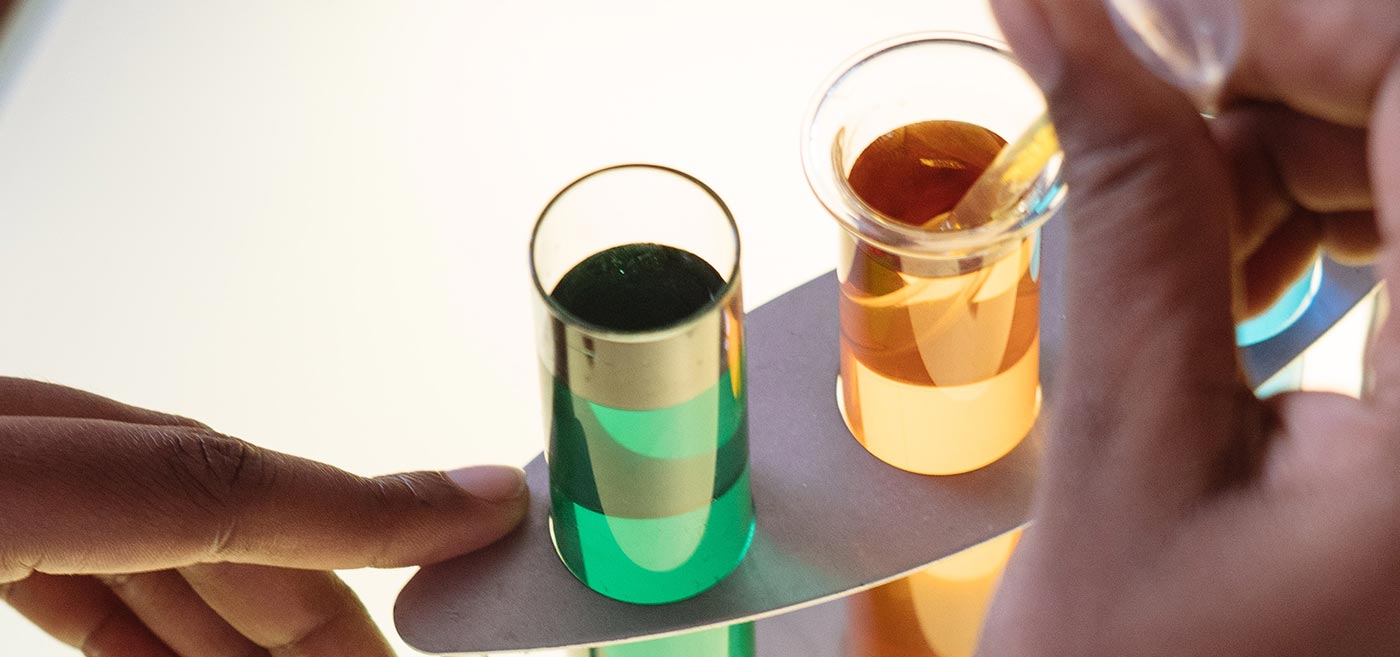
Challenges and opportunities in oral formulation development
Oral formulation development poses both challenges and opportunities in the pharmaceutical industry. Creating a successful oral formulation involves addressing various factors related to drug stability, bioavailability, patient compliance, and manufacturing processes. Here are some key challenges and opportunities in oral formulation development:
Challenges:
Poor Solubility:
Many drug compounds have poor solubility, leading to low bioavailability. Overcoming this challenge often involves the use of solubilization techniques, such as nanotechnology, lipid-based formulations, or cyclodextrins.
Drug Stability:
Ensuring the stability of the drug substance during manufacturing, storage, and throughout its shelf life is a critical challenge. Factors such as degradation due to moisture, light, or temperature need to be addressed.
Bioavailability:
Achieving adequate drug absorption and bioavailability can be challenging, particularly for poorly water-soluble drugs. Strategies include the use of prodrugs, particle size reduction, and enhancing dissolution rates.
Formulation Compatibility:
Ensuring compatibility between the drug and excipients in the formulation is crucial. Interactions between components may affect stability, bioavailability, and overall performance.
Taste and Palatability:
Oral formulations for pediatric and geriatric populations need to be palatable. Masking the taste of the drug, especially in liquid formulations, is a challenge.
Patient Compliance:
Designing formulations that are easy to administer and have good patient acceptability is vital for ensuring patient compliance. This is particularly important for chronic conditions where adherence to medication is crucial.
Regulatory Requirements:
Meeting regulatory standards for safety, efficacy, and quality is a significant challenge. Formulations must comply with regulatory guidelines and undergo rigorous testing.
Opportunities:
Advanced Drug Delivery Systems:
The development of novel drug delivery systems, such as nanoparticles, liposomes, and micelles, presents opportunities to improve drug solubility, stability, and bioavailability.
Biopharmaceutical Classification System (BCS):
Understanding and applying the BCS helps in categorizing drugs based on their solubility and permeability, guiding formulation strategies and regulatory requirements.
Personalized Medicine:
Tailoring oral formulations to individual patient characteristics, such as genetics or metabolism, presents opportunities for personalized medicine.
3D Printing Technology:
3D printing allows for the fabrication of dosage forms with specific drug release profiles. This technology offers customization and flexibility in dosage form design.
Combination Products:
Developing combination products, where multiple drugs or therapeutic agents are combined in a single dosage form, can enhance treatment efficacy and patient convenience.
Smart Drug Delivery Systems:
Incorporating smart technologies, such as sensors or controlled-release systems, can improve the precision and control of drug delivery.
Continuous Manufacturing:
Transitioning from batch manufacturing to continuous manufacturing processes can enhance efficiency, reduce costs, and improve quality control.
Natural and Eco-Friendly Excipients:
Exploring natural excipients and environmentally friendly formulations aligns with the growing demand for sustainable pharmaceutical products.
In conclusion, oral formulation development in the pharmaceutical industry is a complex process that involves overcoming challenges related to drug properties, formulation stability, and patient acceptability. Embracing opportunities presented by advancements in drug delivery systems, personalized medicine, and manufacturing technologies can lead to innovative solutions and improved therapeutic outcomes.
